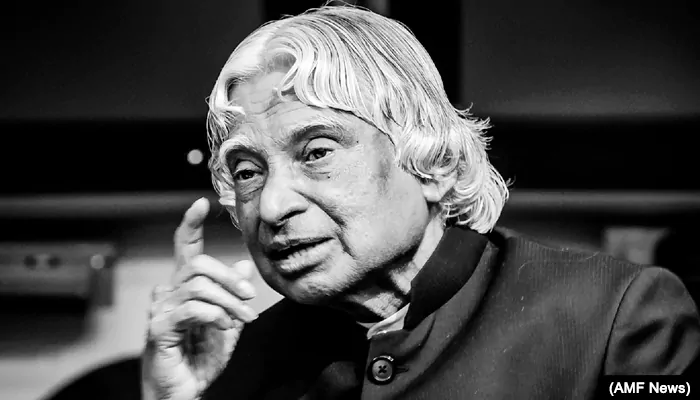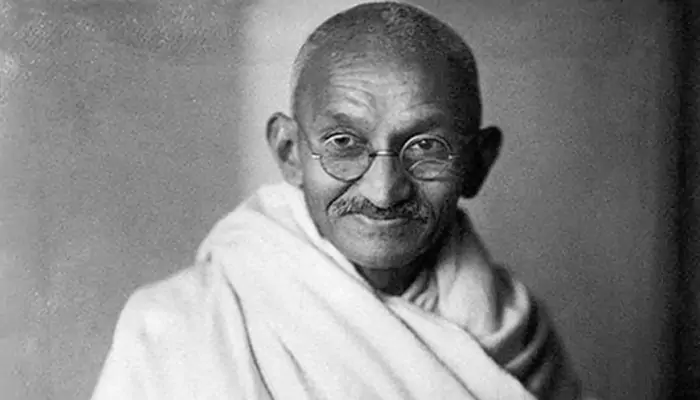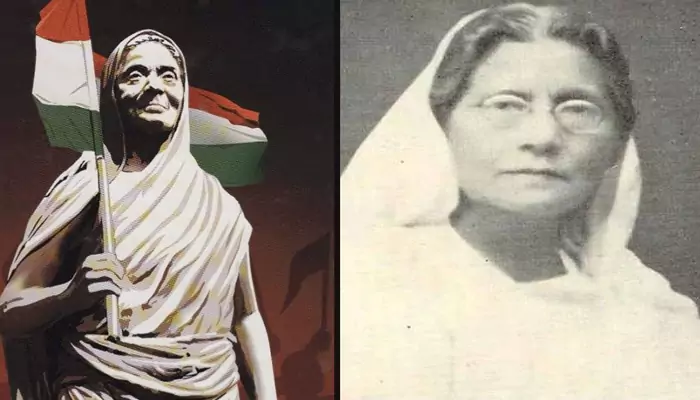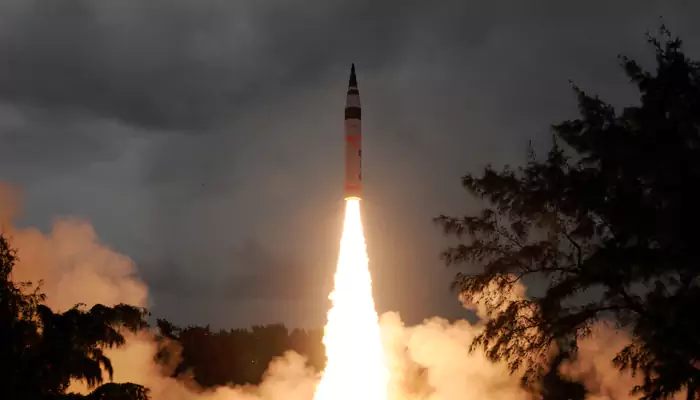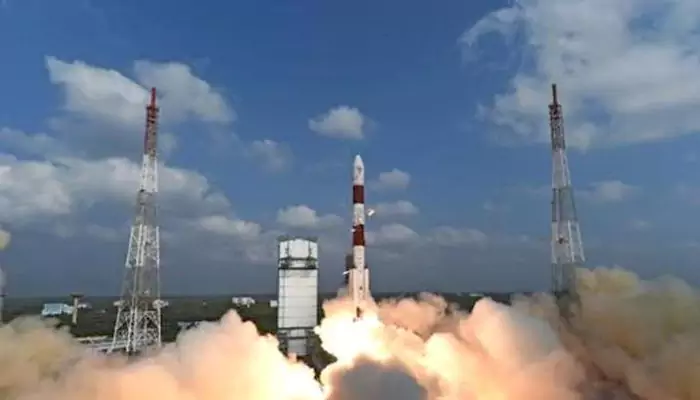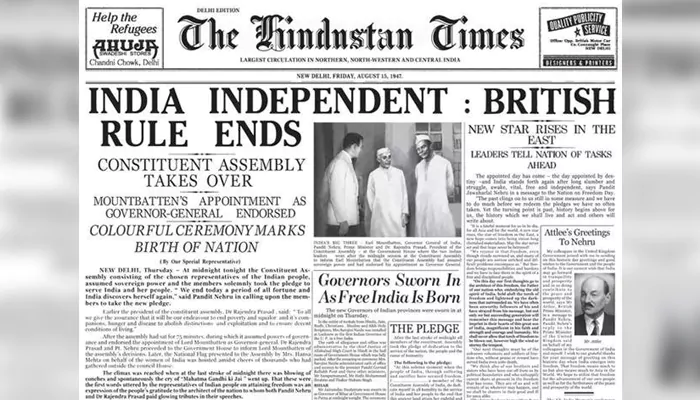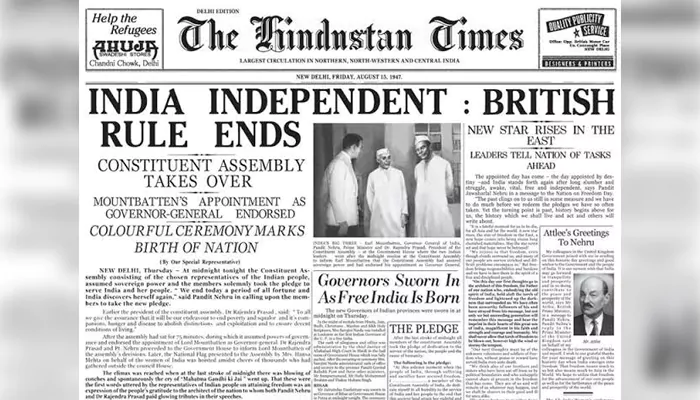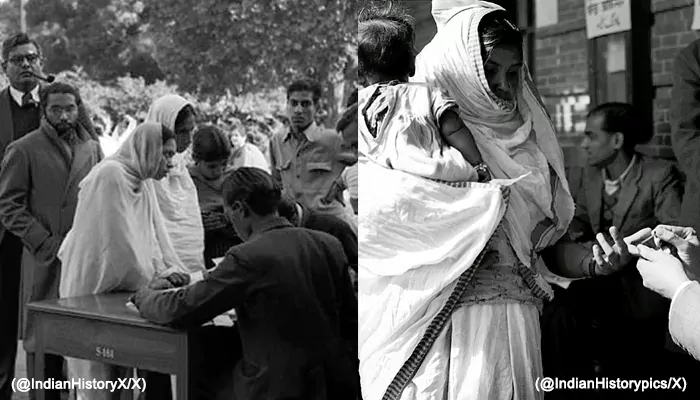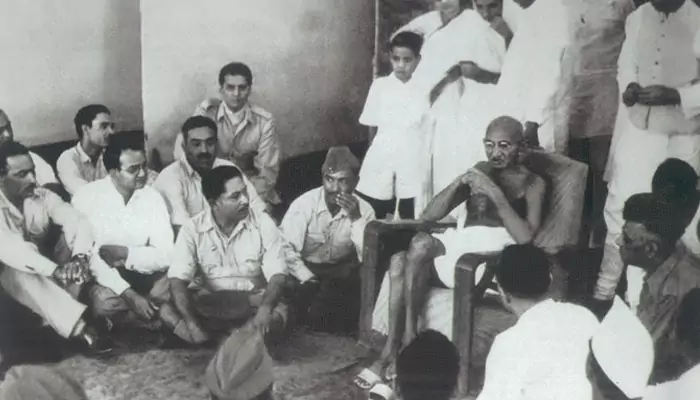Indian Economy Grows 90% in Last Decade: How Key Sectors Fuel Prosperity
- Soham Halder
- 1 year ago
- 3 minutes read

IMF’s World Economic Outlook data revealed India's biggest leap, from 11th to the 5th position with over 90% growth in last decade.
India’s progress as a nation in last decade (2013-2023) is attributed to a global dependency on cheaper production rate of goods and services from other developed countries across the world. According to IMF’s data, India’s nominal GDP grew from $1,857 billion in 2013 (FY14) to $3,572 billion in 2023 (FY24). The government has already set a goal of achieving the status of ‘developed country’ by 2047. As India is on its way to become top economies globally, we will find out how Indian government makes money through different industries.

Industrial Production:
Chemicals and Petrochemicals are the big industries in India. India is also one of the largest suppliers of pharmaceuticals, automobiles, and steel. Presence of large mines helped India’s growth in mining sector like iron ore, limestone, bauxite, asbestos. The overall industrial sector contributes 27.6% to India's GDP. Industrial sector provides employment to 17% of workforce.
This growth showcases its importance in domestic healthcare demands as well as global pharmaceutical supply.
Agricultural Sector:
Although industrial sector is performing well in India, majority of Indians are still depending on agricultural products. Currently, India is second largest producer of rice and wheat and second-largest producer of fruits. The PHD Chamber of Commerce and Industries (PHDCCI) report showed agricultural exports to touch $100 billion by 2026. In FY23, the share of agriculture in India's GDP was 15%.

Information Technology (IT) & Business Services Outsourcing (BPO):
With the advancement in Artificial Intelligence (AI), Data Science, and growing educated workforce, the Information Technology (IT) industry has flourished over last couple of decades in India. Moreover, India has over 800 million internet users currently, enhancing the growth of this sector. Tech giants like Google, Facebook, Microsoft are opening their manufacturing units and offices in India. Since the beginning of 21st century, the growth of BPO has been outstanding. IT and BPO sector contributes at least 9-10% of India's GDP.
Retail Services:
Being the most populous country in India, the retail services from Fast Moving Consumer Good (FMCG) generates a huge revenue. It is already an one trillion dollar industry contributing around 10% to India's GDP.
Other Services:
Apart from the above-mentioned sectors India is showing progress in renewable energy sources as well as tourism. As per Indian government report, tourism and hospitality sector contributes approximately US$ 178 billion to the nation's GDP. Medical tourism is also a major sector in India.

Fintech, renewable energy, and telecommunication sectors are also growing rapidly. With more than 560 million internet users, India is currently standing at the second position in online market globally.
These sectors represent India's transformation into a leading economic force under dynamic economic landscape.
According to the Asian Development Bank (ADB): “The Indian economy is expected to grow by approximately 8% in the next 5-6 years, endorsed by increasing public investment in infrastructure and a pickup in private sector investment.” As a result, India will be able to create at least 90 million jobs by 2030.

